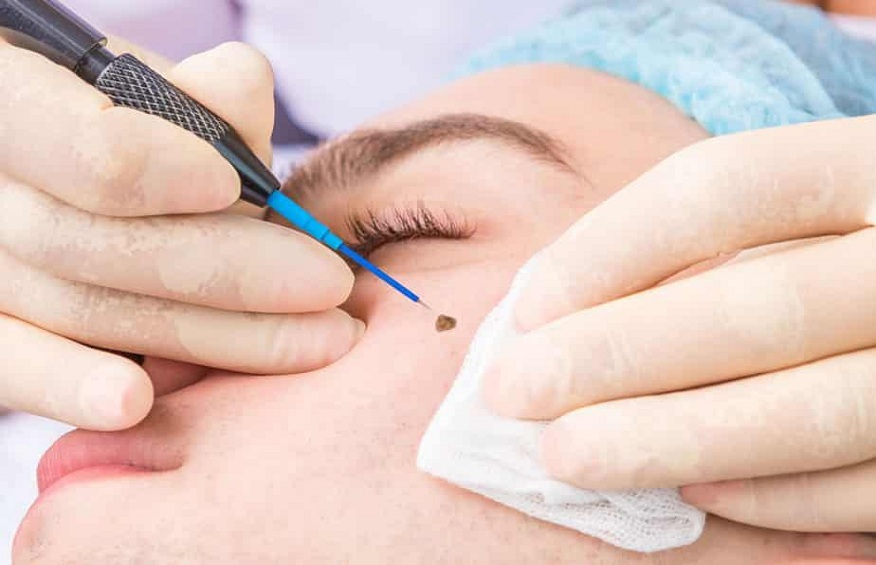Effective Treatments for Heroin Addiction
Various effective treatments are readily available for heroin addiction. It includes both pharmacological or medications and behavioral therapies. Both approaches will help to restore a degree of normalcy to behavior and brain function. It results in a lower risk of getting diseases like the Human Immunodeficiency Virus and criminal behavior, as well as increase people’s employment rates.
Although medications and behavioral treatments can be pretty valuable when used independently, according to research, a lot of individuals prefer to integrate both kinds of treatment because it is a more practical approach.
Medication or pharmacological treatments
According to recent studies, pharma treatments when it comes to opioid use increase the retention rate programs and minimizes the illegal substance use, criminal activities, and transmission of infectious diseases. When individuals who are addicted to heroin and other opioids quit, they undergo symptoms like vomiting, nausea, diarrhea, and pain, commonly known as withdrawal symptoms.
Some of these conditions can even cause severe reactions in the body and eventually lead to death in serious cases. Medications can be pretty helpful at this stage to help ease the craving and other physical manifestations that can usually prompt an individual to relapse.
The Food and Drug Administration approved Lofexidine, a known non-opioid medication designed to minimize opioid withdrawal manifestations. While it is not an addiction treatment, detoxification is an effective first step if followed by evidence-based treatments.
To know more about Lofexidine, click here for more info.
Medications designed to treat these disorders work through the same receptors as addictive drugs. It is just a lot safer and less likely to produce harmful behaviors that show a substance use disorder. There are three kinds of medications. It includes:
Partial Agonists – Activates opioid receptors, but can produce smaller responses.
Agonists – It activates opioid receptors.
Antagonists – It blocks receptors and interferes with the rewarding effects of opioids.
A certain medication is used depending on the patient’s particular medical needs, as well as other vital factors. Effective meds include:
Methadone – It is a slow-acting agonist. It is usually taken orally, so that it will reach the brain a lot slower to dampen the “high” feeling that happens with other administration routes while preventing withdrawal manifestations. This medication has been used since the 60s to help treat heroin addiction and is still a good treatment alternative, especially for patients who don’t respond well to other pharma therapy. It is only available through an approved outpatient program, where it is dispensed to the patient on a daily basis.
Visit https://medlineplus.gov/druginfo/meds/a682134.html for more info about Methadone.
Buprenorphine – This drug is a partial agonist. It helps relieve cravings without producing dangerous side effects, as well as the “high” feeling people get in heroin.
Suboxone – It is buprenorphine that is taken sublingually or orally and contains an antagonist called naloxone to help prevent attempts to get the “high” feeling by injecting the drug. If an individual with a history of heroin use were to use Suboxone, it would induce withdrawal manifestations, which are prevented when taken orally depending on the doctor’s prescription. The Food and Drug Administration approved buprenorphine in 2002.
Because of this, it is the first drug eligible to be prescribed by physicians through the DAT Act or the Drug Addiction Treatment Act. The approval of this drug eliminates the need for patients to visit a specialized treatment clinic and expand access to care for people who need it.
Not only that, the CARA or the Comprehensive Addiction and Recovery Act, which was signed in 2016, temporarily expands the prescribing eligibility to prescribe a buprenorphine-based drug for pharma-assisted therapy to qualifying physician assistant and nurse practitioners through 2021.
Naltrexone – It is also an opioid antagonist. It blocks the action of illegal substances like heroin, is not sedating or addictive, as well as does not result in physical dependence. But patients usually have problems complying with the therapy, and it has limited effectiveness.
Behavioral therapies
There are a lot of effective behavioral therapies available for heroin addiction, like myzeo addiction treatment, that can be delivered in residential and outpatient settings. Approaches like contingency management and cognitive-behavioral care have been shown to be pretty effective in treating heroin addiction, mainly when applied with various medications.
Contingency management uses voucher-based systems in which the patient earns points based on their negative drug screening. It can be exchanged for items that can encourage them healthy living. This kind of therapy is designed to help change the patient’s expectations, as well as behaviors related to heroin use, and increase skills when it comes to coping with different life stressors. A crucial task is to match the best care approach to meet certain needs of the patient.



